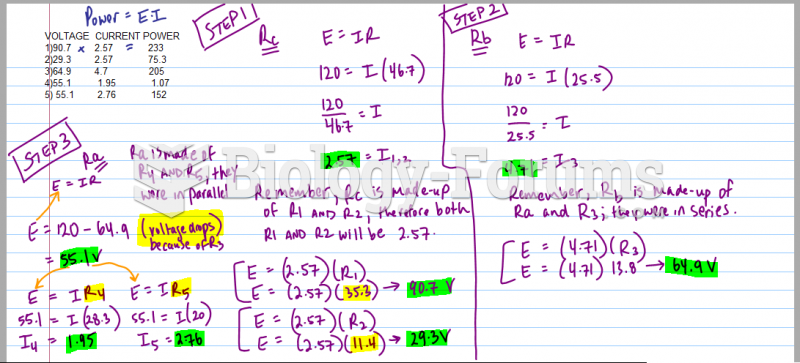Answer to Question 1
Answer: Current research in cognitive psychology recognizes that a great deal of central nervous system processing takes place out of awareness in what could be defined as an unconscious. This mental activity is motivated and goal-directed which is somewhat similar to what Freud described. Motivations and decisions are made in this cognitive unconscious. However, there is no evidence that these mental processes are concerned with the satisfaction of id impulses, dark motives, or in betraying our true motives. Rather, these process work much like the conscious mind, the help regulate thoughts, emotions, motivation, goals, intentions, etc. without conflict and drama. The metaphor used in the book sees it more as a Jeeves-like butler with helpful intentions working away in the background without conniving or dark forces involved.
Answer to Question 2
Answer: The student has a choice for this question. They must compare two elements. The most salient feature to include in this answer would be the type of cognitive processing that Freud imagined went on in the structures. For the id he described a process called primary process thinking suggesting that the id made decisions without logical rules or conscious thought. He viewed the id as completely out of the individuals control and complete housed in the unconscious. For Freud the id operated according to the pleasure principle. Concepts such as reflex action and wish fulfillment could also be discussed. In contrast the ego operates on the reality principle, is mostly conscious, uses secondary process thinking that is logical. The superego can reward or punish the ego, works on the basis of an ego ideal and conscience and is focused on what one should do. The Superego strives for perfection, based on the ego ideal and is just as unrealistic as the id.







